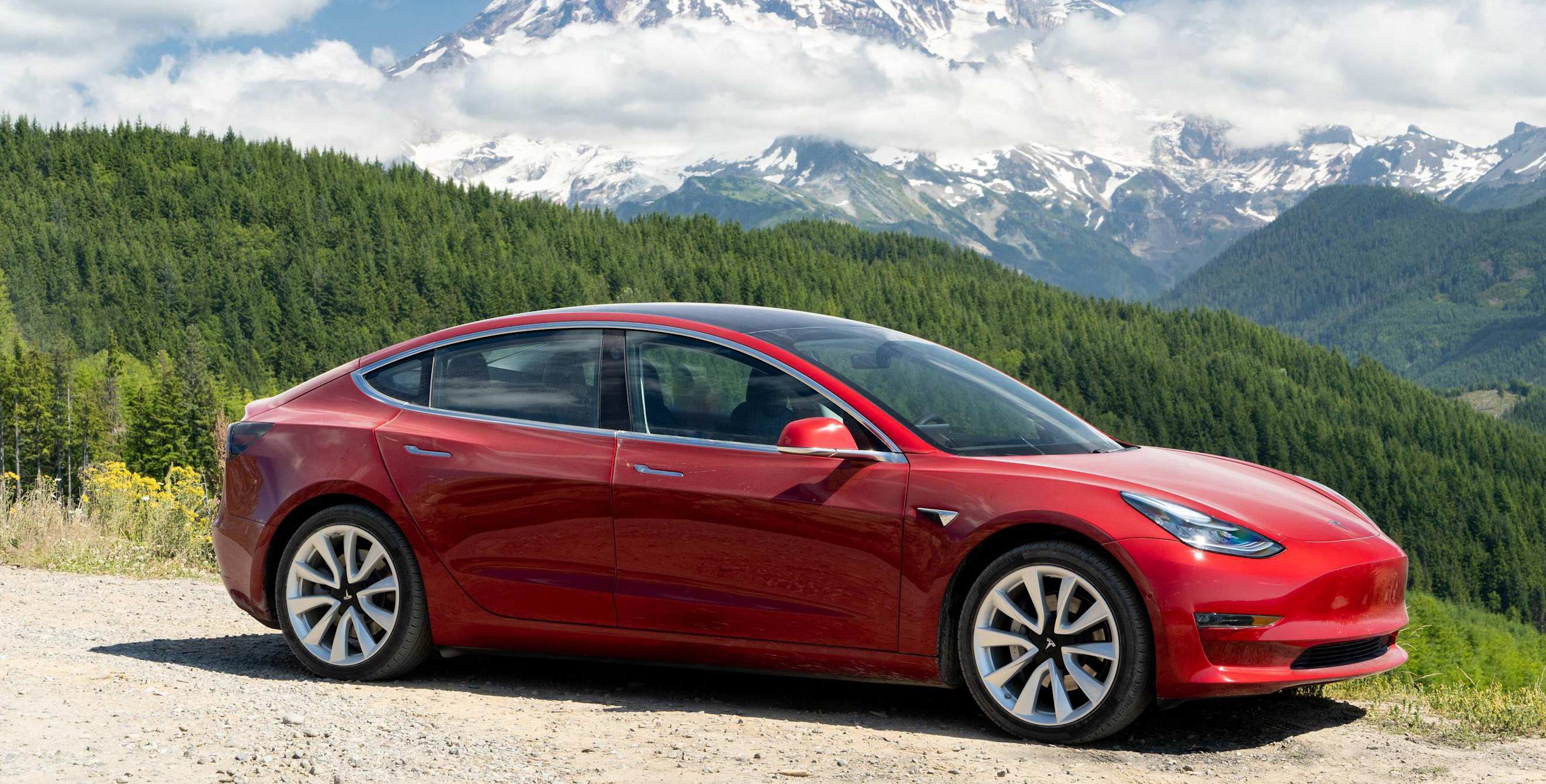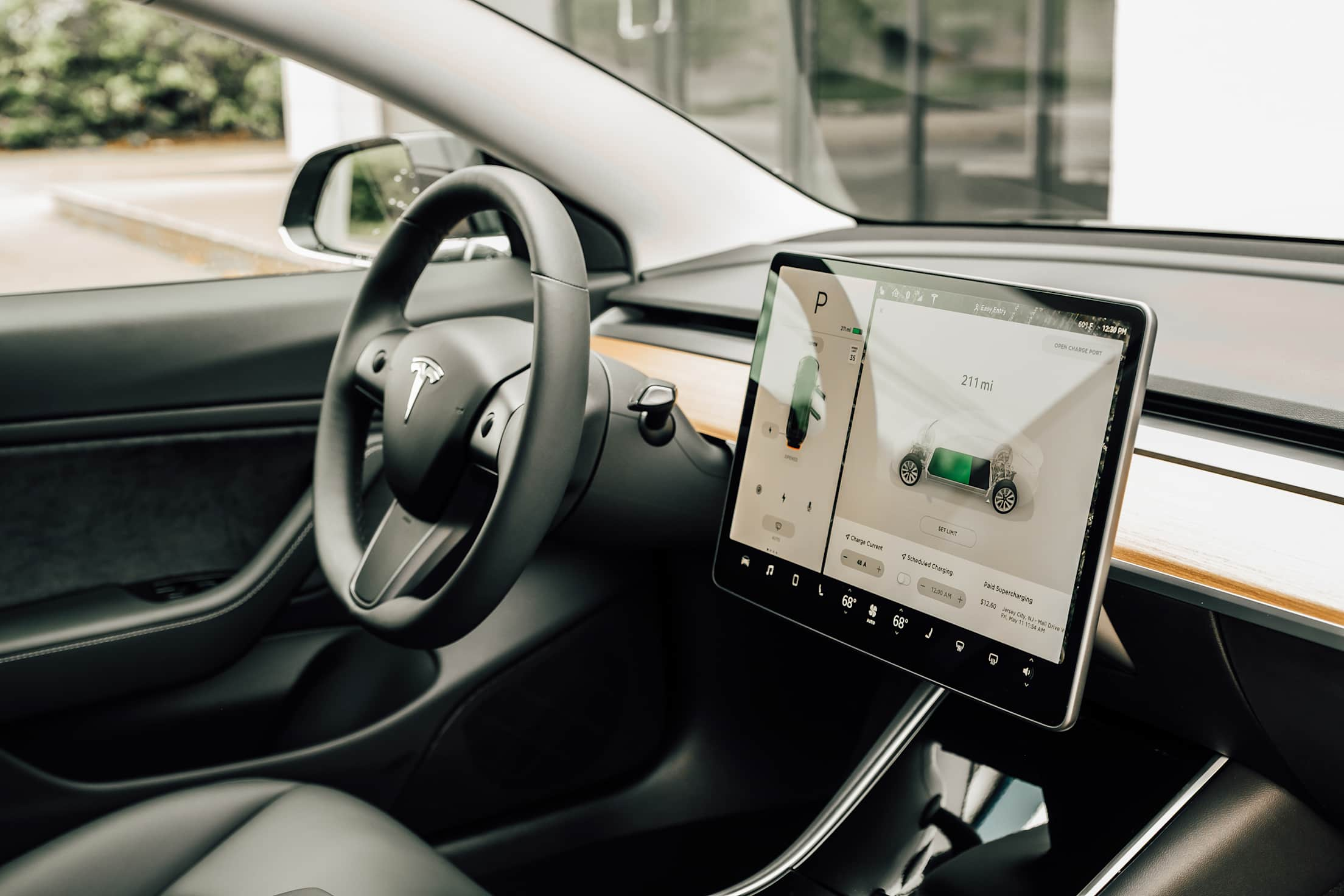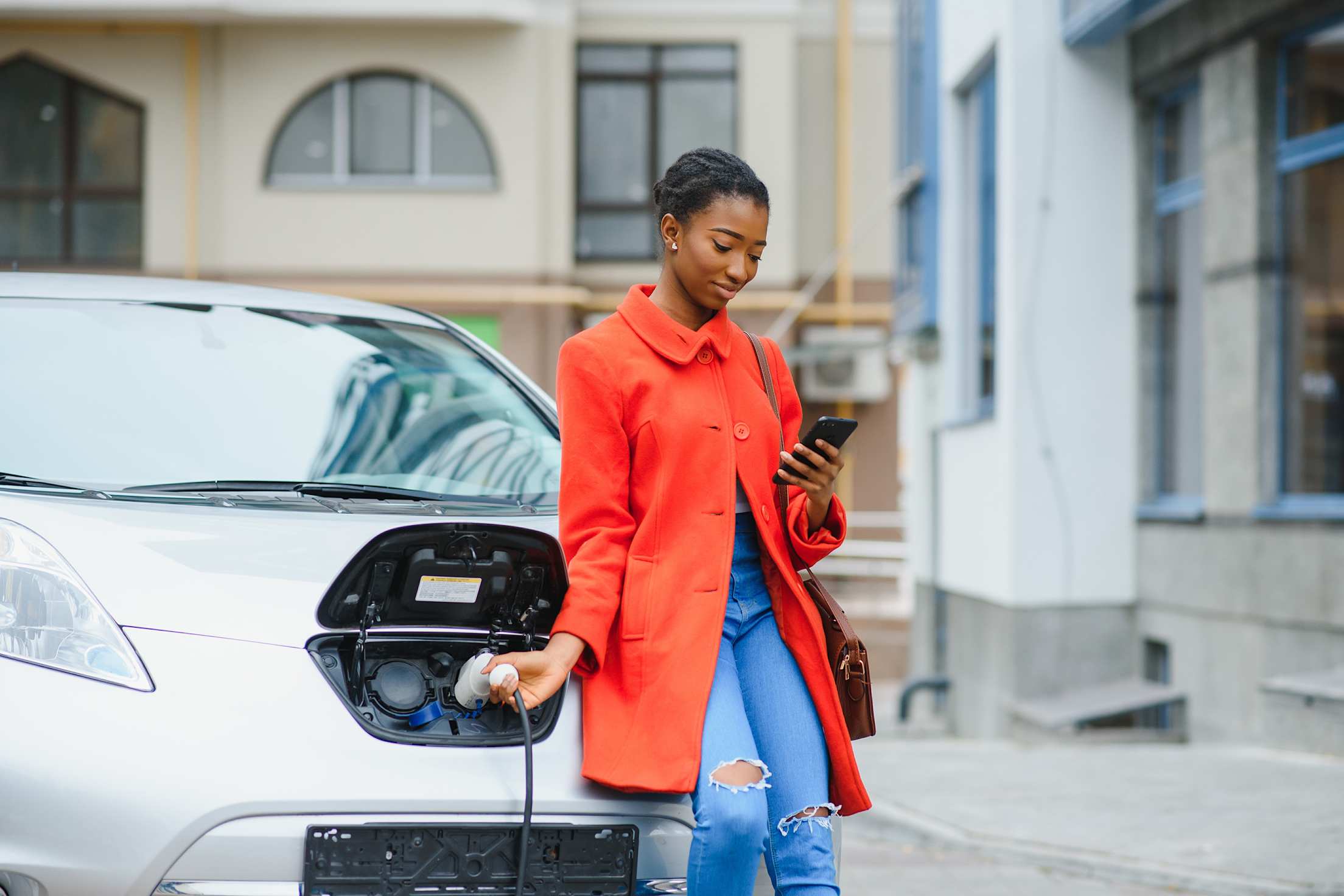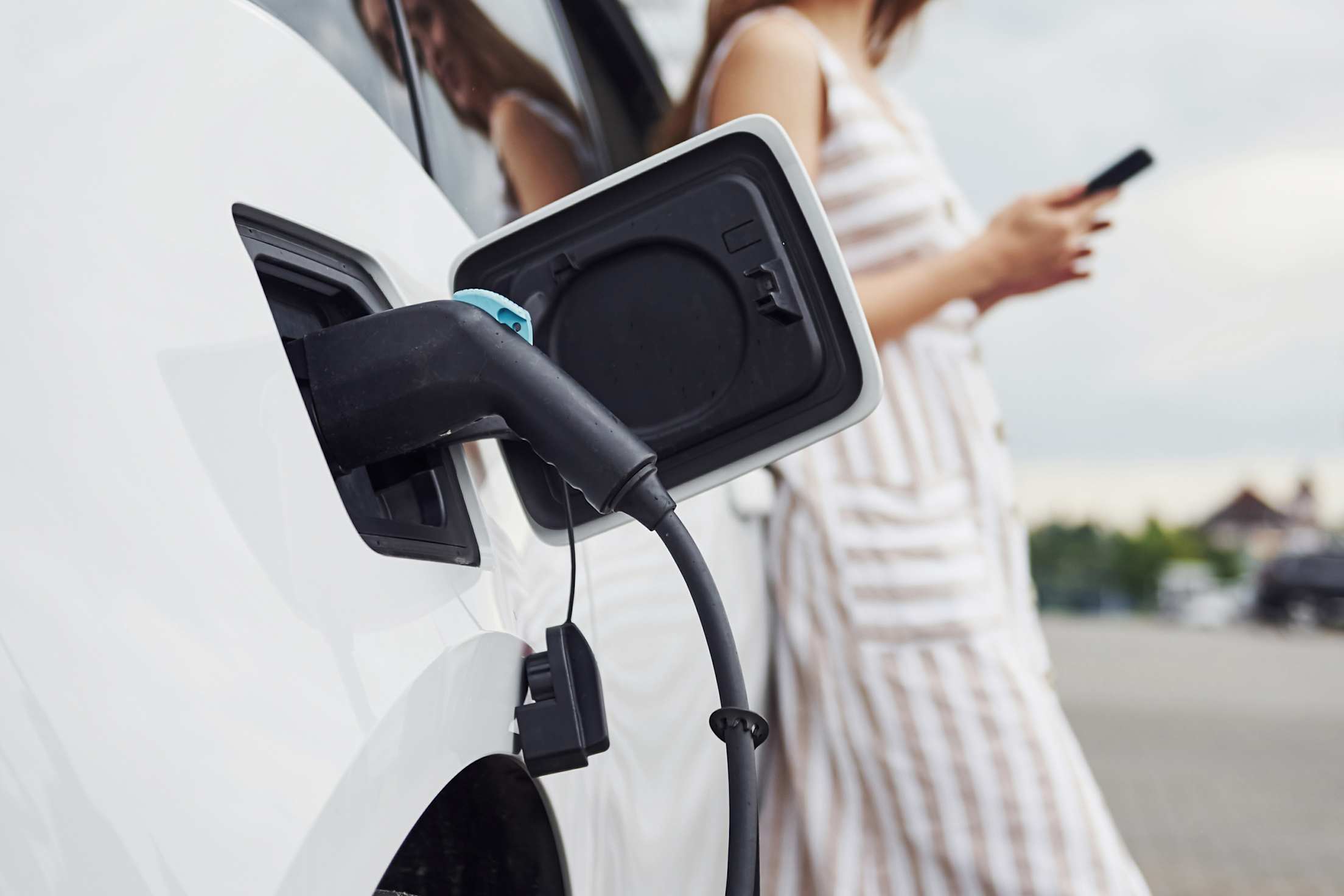
How to Extend the Life of Electric Vehicle Batteries
Protect your EV’s range and battery health with these tips.

Electric vehicles are powered by expensive lithium-ion batteries—essentially souped-up versions of the battery inside your phone or computer. While the original 2012 Nissan Leaf had an estimated range of 82 miles when new and lost up to 20 percent of its range over the first five years of use, current EVs have driving ranges of up to 300 miles and are expected to last at least 150,000 miles without any significant reduction in range.
Over time, lithium-ion batteries slowly lose their ability to hold a charge. However, some habits and circumstances can speed up this decrease in capacity. “Factors that can negatively impact battery health include charging behavior, charging current, temperature, time, and number of charge and discharge cycles,” says Matthew Lum, an automotive engineer with AAA. Once battery capacity falls below 80 percent, you may start to notice a change in the range and performance of the battery.
Here’s what you can do to maintain your EV’s range and decrease wear on the battery.
Opt for slow charging when possible.
Minimizing the use of DC fast chargers on a regular basis is best for your battery health, says Lum, who recommends charging your car at home as often as you can.
“Typically, the quicker the charge, the more stress on the battery,” says Jess Shanahan, an automotive journalist and future-of-mobility expert. “If a car was to be charged on a regular basis with only high-speed chargers, it might lose more battery capacity than one that was only ever charged slowly at home.” According to Kia's website, eight years of standard charging will give you 10 percent more battery life than if you had only used fast charging during those years.
However, the occasional use of a level 3 fast charger, such as a Tesla Supercharger, will not cause a significant impact. “Owners of EVs should not let concerns over fast charger use deter them from taking their EVs on road trips,” Lum says.

Keep your battery comfortably above 0.
It goes without saying that you don’t want to run out of battery, but dipping too close to empty can add additional stress on the battery. Modern electric vehicles have fail-safe systems that shut off the engine before you fully run out of charge to protect the battery, but it’s best for battery longevity to typically stay well above that threshold. Plan trips with more frequent charging intervals to reduce wear on the battery and to keep range anxiety at bay.
Limit how often you fully charge the batteries.
While some circumstances may require the additional range from a fully charged battery, it’s generally recommended to stop charging when your battery is no more than 80 percent full. “It is best to keep the battery state of charge between roughly 20 to 80 percent,” Lum says. If your daily driving consumes roughly 20 percent of the battery, it’s easier on the battery if you use 20 percent out of the middle (such as from 70 to 50 percent) rather than always using the top 20 percent.

Pay attention to temperature.
EV batteries need to maintain a moderate temperature to accept, hold, or discharge electricity, which is why they have intelligent thermal management systems. But when you’re not charging, those systems rely on your battery power to do their job. In very hot or very cold temperatures, you may want to plug in when parked so the battery can maintain an optimal temperature without drawing down the charge.
Shanahan suggests parking in the shade and charging overnight when it cools off in hot climates. In extreme cold, parking in a garage is also advised whenever possible so the car can use less energy to keep the batteries warm.
You do not need to wait after driving for your battery to cool before you charge. “Modern EVs have a charging management system that will prevent overcharging as a result of battery temperature,” Lum says.

Charge before parking your vehicle for extended periods.
Over time, a parked EV will slowly lose its charge. This is especially true if the car needs to warm or cool the batteries to keep them in the optimum temperature range while parked. Depending on the state of charge when you arrive, the car can run down the battery and sit with little to no charge, which is damaging to the battery cells, especially if it drags on. The battery can also be damaged if left fully charged. Aim for somewhere between 20 and 80 percent charge, and plan to check on the battery every few days or use a timed charger to keep it in the desired range.
Read the manual.
Each manufacturer provides details on how to best care for the car and its batteries. For example, Shanahan points out that some manufacturers, like Tesla, recommend that your vehicle be plugged in whenever you are not using it, while others, like Nissan, advise only plugging your EV in if you need to charge it. Check your vehicle owner’s manual for specific guidance on how to best maintain and use your model.
Figure out how much auto insurance you really need by speaking with an expert at AAA.